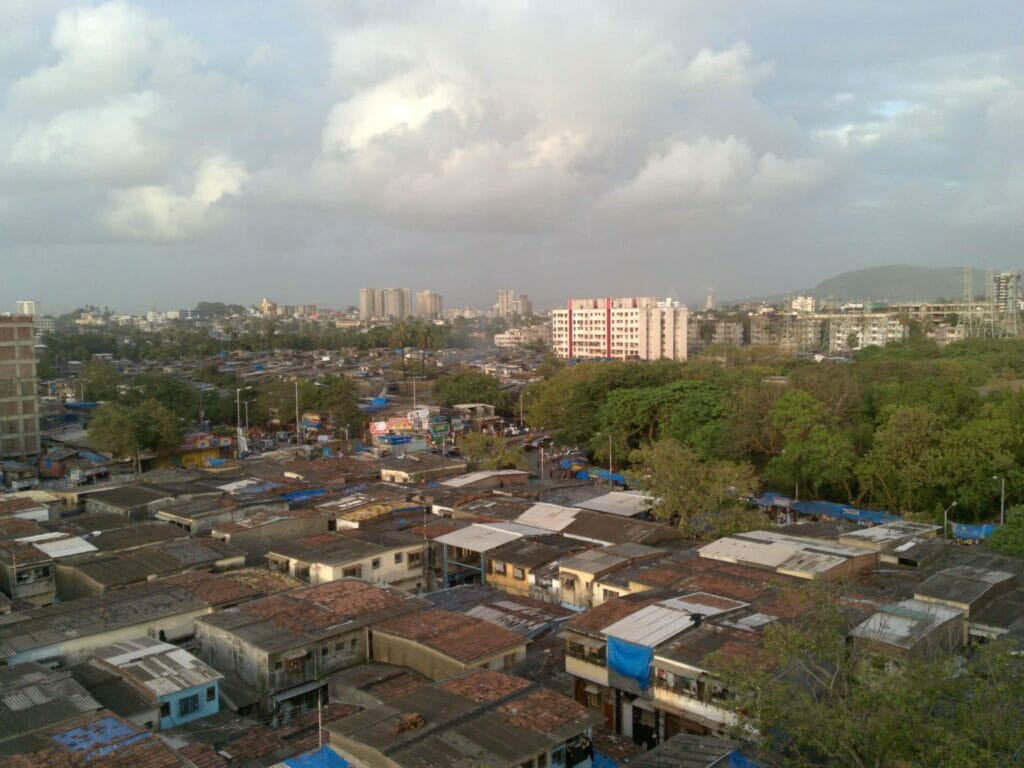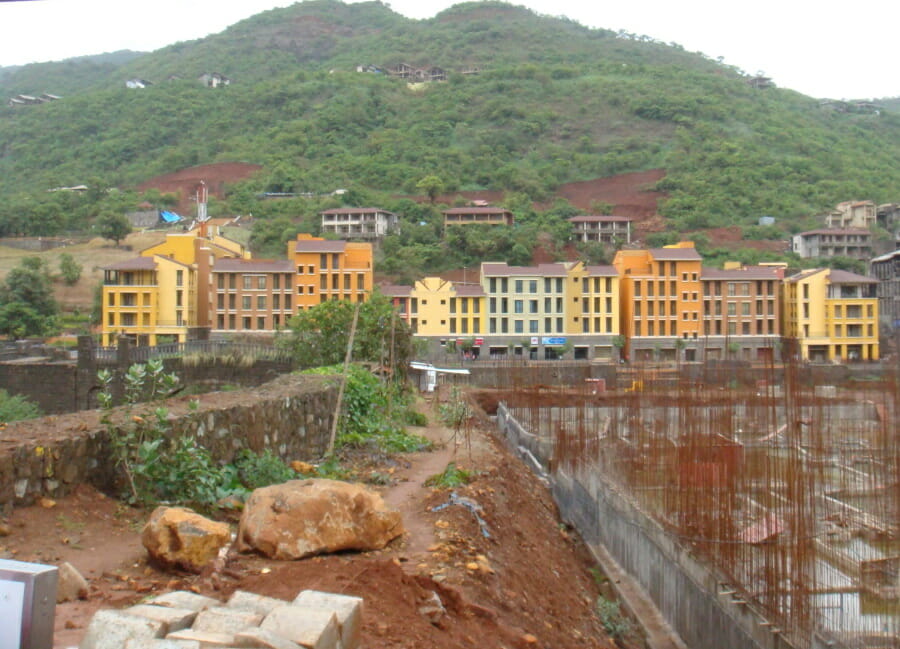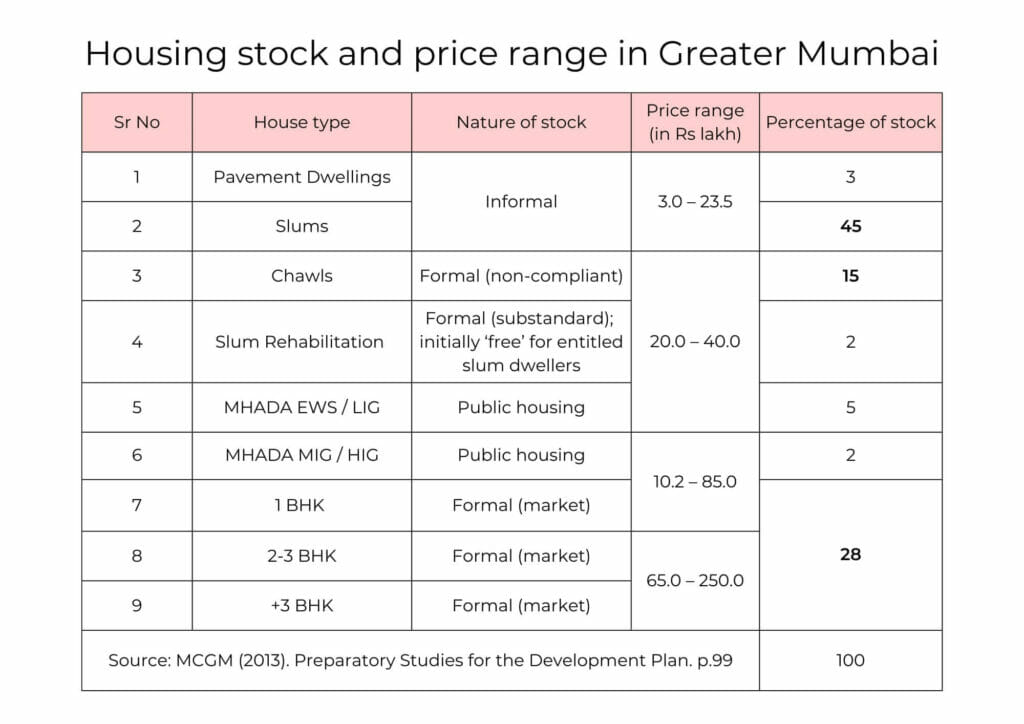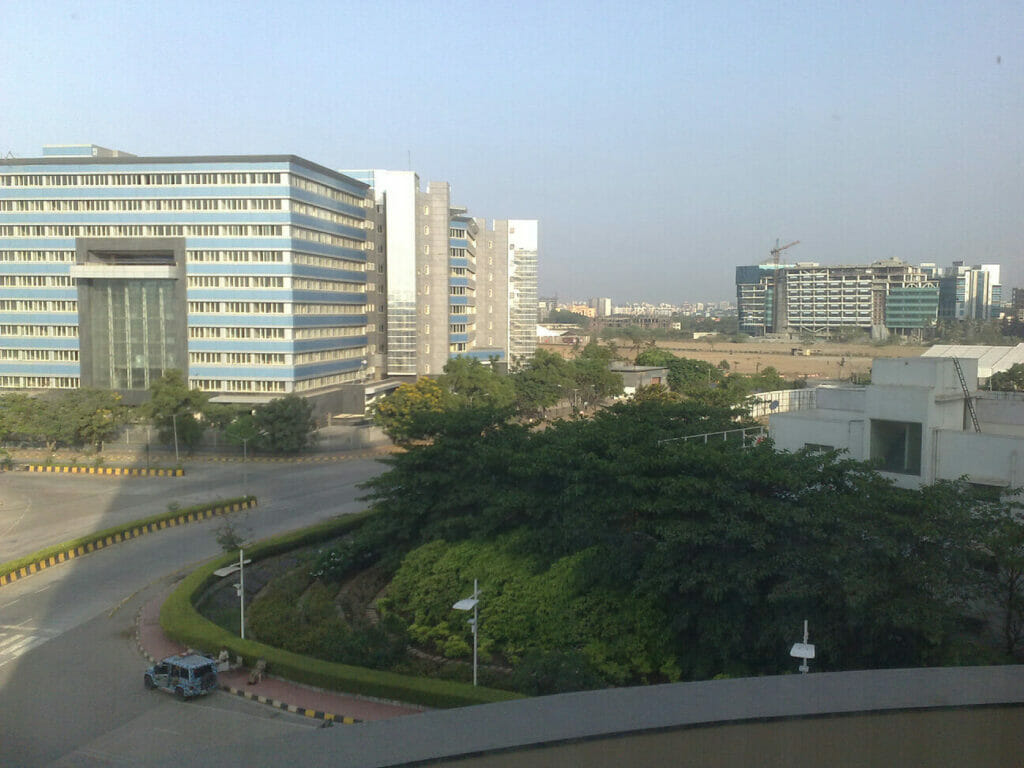In September 2020, the Bombay High Court initiated a suo moto Public Interest Litigation (PIL) following the partial collapse of a 36-year-old illegal building in Bhiwandi. The collapse had resulted in the loss of 38 lives, mostly labourers. On February 26 2022, the court pronounced its judgment: this tragic state of affairs in Mumbai, it said, is because “encroachments on public land happen with impunity” and because slum policy confers a “premium illegality in favour of the encroachers, by granting them a windfall of State largesse…in the form of tenements”. This is nothing but “legalising encroachments on prime public lands,” making thereby a mockery of the “public trust doctrine”. Therefore, the government must take “appropriate steps” to remove encroachments on public lands.
On that very day, just a few hours later, the same Bench ruled on a PIL challenging the legality of permissions granted to the luxury theme-park hill station, Lavasa. The petitioner had argued that the venture was a real-estate racket masquerading as a tourism project – for which farmers were compelled to surrender their land for a pittance.
Although evoked again, the judges reasoned that in this case little could be done about the ‘public trust doctrine’ as many years have passed, and “much water has since flown under the bridge”. The court, therefore, adopted a “judicial hands-off” approach, since “the harm that interference at this belated stage would cause is likely to far outweigh the benefit” – and “public interest is not likely to be served by our interference”.
The lesson, in short, is loud and clear. It is public interest to dispossess the majority of the city for squatting out of necessity, but not public interest to undo the avaricious machinations of the elite. A fragment of a 17th Century English folk-poem captures the ethos succinctly:
“The law demands that we atone
When we take things we do not own
But leaves the lords and ladies fine
Who take things that are yours and mine”
The doctrine of public trust is rooted in Roman law and English Common Law. An important legal principle, it asserts the affirmative protective duty of government in dealing with properties meant for public use. In other words, it serves to limit the alienation of resources meant for public use into private hands. While in the narrow sense, the argument of the High Court is valid – slum rehabilitation does divert public land for private use – a consistent application of this doctrine would turn the city upside down.

‘Encroachers’ and encroachers
In 1986, for instance, the Hiranandani Group was leased 100 hectares of public land in Powai at the rate of one rupee per hectare to build ‘affordable housing’. This gift of government land could have yielded between 40,000 and 50,000 small and medium size houses in the suburbs. But over 30 years, the area flowered into the outlandish neoclassical dreamscape ‘affordable’ only for billionaires.
Hearing a PIL in 2012 that highlighted the breach of conditions and demanded the cancellation of the lease, the Bombay High Court agreed that “gross violations” had been committed for the “aggrandizement of the developer alone”. Nevertheless, the charitable hand of the law prescribed no penalty for this ‘mockery of public trust’. Instead, it offered “corrective action” in the form of 3,100 new affordable units for “the public” on the remaining vacant land. Yet, 10 years after the judgment, even these crumbs refuse to fall from a pie that the real-estate giant has gleefully devoured.
Or take the famous case of the mill lands in Mumbai. For about 240 hectares of these lands in central Mumbai, the Development Control Rule 58 had prescribed a formula through which two-thirds of defunct mill land would be recycled for public use (public housing, open spaces), and only one-third for commercial exploitation by mill owners.
Almost everyone in Mumbai is aware that real-estate shenanigans resulted in the whittling away of the public claim to almost nothing. But what claim did the mill owners have in the first place? If they were land owners, as they claimed, their lands ought to have been acquired under the Urban Land Ceiling Act (ULCRA). If they were lease holders for purpose of manufacturing, the lands ought to have reverted to the State once the mills had turned defunct. The mill owners, who had almost no claim to the land, were offered one-third and took almost everything. The State, rather than exercise its protective duty, transformed properties meant for public use through legal alchemy into freehold property.
Let us also not forget the Bandra Kurla Complex (BKC), built by the Mumbai Metropolitan Region Development Authority (MMRDA) by filling up the marshes of the Mithi River against the advice of multiple expert committees and institutions. The tawdry assortment of glass containers housing corporate offices now sit on what was once the spread of the estuary – an act of developmental hubris that became the leading cause of the devastating floods in 2005. A recent report by a Supreme Court-appointed panel accurately characterised the MMRDA “the biggest encroacher” of the Mithi – an act that nevertheless continues to generate inordinate revenue for the authority.
We could go on: Royal Palms in the Aarey forest, BDD Chawl redevelopment, BEST depots, Mahul PAP Colony, developments on ULCRA exempt lands – each of these and many others are but different illustrations of how Mumbai’s development story is premised on the routine breach of the ‘public trust doctrine’ to enrich the elite, as the National Alliance of Peoples Movements points out. It is a system where public authorities use their powers to enable themselves and real-estate capital to capture, licitly and illicitly, revenue streams from urban land.

The policy of tearing down affordable housing
In early July this year, The Times of India reported that the city’s public housing authority (MHADA) will give up its 2.6 hectares of public land in Bandra for redevelopment in exchange of a premium of approximately Rs 200 crore. Once upon a time, as a housing board, MHADA invested in public housing creation for the city. Later it adopted a Public-Private-Partnership (PPP) approach where it would take a share of private developer-led redevelopment in the form built-up area – adding to its stock of public housing units. An amendment to the planning rules now allows MHADA to forego housing units altogether and settle for cash. This means revenue for MHADA, but no public housing for the city.
In fact, over the decades, a predominant but unstated housing policy in Mumbai has been that of tearing down affordable housing stock and creating fewer units of unaffordable housing in its place. The Preparatory Studies of Mumbai’s latest Development Plan had provided the following break-up of housing types and their price range.

Notice that all these types of informal, semi-formal and public housing stock are being bulldozed to provide the bulk of the land in the city for ‘re-development’.
The reason for the assault on actually existing affordable housing, very simply, is that residential capitalism in Mumbai constructs these lands as under-capitalised assets, and thereby seeks to transform them into commercially exploitable property.
It must be recalled that the stated objective of the slum rehabilitation scheme was to improve “living conditions, environment and hygiene of slum and surrounding areas”. This was to be achieved without imposing “any financial burden on the state exchequer”. The scheme offers open land and additional FSI to developers and allows the government to capture a share in the development in the form of ‘free’ tenements.
The problem, however, is obvious: planning regulations like density and amenity norms come in the way of FSI increases, and therefore these have been mindlessly gutted to make redevelopment ‘viable’, resulting in an epidemic of substandard formal housing construction. Redevelopment, therefore, presents urban inequalities as lucrative opportunities for accumulation, and its outcome has been dispossession and a further densification of the city’s working poor.
The folly of the ‘slum-free city’
This is the most extreme in the approach towards slum settlements. Policy makers and planners see slums as undesirable for the city; yet they find even more undesirable the kind of policies and programmes that will put people in better quality housing such as controls on rent and land speculation, public housing construction, vacant land, and housing taxes.
The general thinking, especially in the government but also among the elite, is that a sound housing programme cannot be formulated without first tearing down slums. Once eliminated, the slum units will be replaced on the same site or elsewhere with formal ones, and the problem will be solved forever.
Read more: Solution to Mumbai’s housing crisis: enable people to build their own homes
A brief moment of consideration will indicate that a ‘slum-free city’ does not mean slum demolitions – which may in fact be counter-productive. Slums exist because the city is unable to produce adequate housing that working people can afford – and consequently, if authorised alternatives to unauthorised housing are enlarged, slum dwellers may voluntarily move from their shanties into better quality housing.
Indiscriminate eviction in fact may produce a drought of low-cost shelter, increasing their cost, worsening living conditions, and eventually lead to squatting elsewhere. In other words, a sincere approach towards reducing urban slums would involve building good- quality public housing on vacant land (rather than on existing slum areas) while simultaneously providing tenure security and essential services in existing slum areas.

The so-called scarcity of land
Slum areas have almost twice the average densities in Mumbai than non-slum areas; and therefore, any programme that seeks to densify slum settlements and shrink land area for low-income dwellers instead of increasing land supply runs contrary to spatial justice and social equity.
The notion that Mumbai has no land is a useful myth. According to the 2012 Existing Land Use survey, 2,282 hectares of land lie vacant. Even if 50 per cent of this land is developed at 400-500 tenements per hectare, more than 500,000 units of new public housing can be built. The Mumbai Port Trust (MBPT) itself could accommodate approximately 100,000 units, utilising 50 per cent of its unused lands. If a ‘slum-free city’ and ‘housing for all’ is the question, this is how one would begin looking for an answer.
For too long, the housing question has been framed in technocratic terms – as a problem of technology, incentives and scale. It turns out that much of the many of the so-called ‘wicked problems’ of housing are but ways of evading the more fundamental questions; notwithstanding the earnest efforts of well-meaning policy advocates, access to land and resources is an economic and political problem, not a technical one.
Read more: Low-cost housing crunch in Mumbai: Is the state to blame?
‘Public trust’ and real-estate speculation
Instead, what we have today is a system that profits from inequality instead of finding ways of reducing it. Its approach to planning and housing is inseparably contingent on real estate speculation, through a close entanglement of government’s interests with those of the property industry. For the government to achieve its electoral goals, it needs to rely on the city’s builders. And in order to be interested, the builders – through their various lobbies – demand more concessions from the government. In short, the state allows private actors to build much more than permissible, on the condition that it gets a share of the ‘development’ in return, to fulfil some public purpose.
With social policy entirely subordinated to the interests of real estate, lectures about the violation of ‘public trust’ ring hollow. Anatole France once ironically wrote that the “law in its majestic equality, has declared that neither the rich nor the poor can sleep under bridges, beg in the streets, or steal loaves of bread”. Our courts likewise regularly declare that no one should live in slums, or in buildings that might collapse. But such laws and decrees are simply articulations of elite anxieties – since the rich do not need to sleep under bridges, and compliance becomes the burden of those who have no choice but to sleep under them.
This article was first published in the online journal Question of Cities and has been republished here with permission. The original article can be read here.